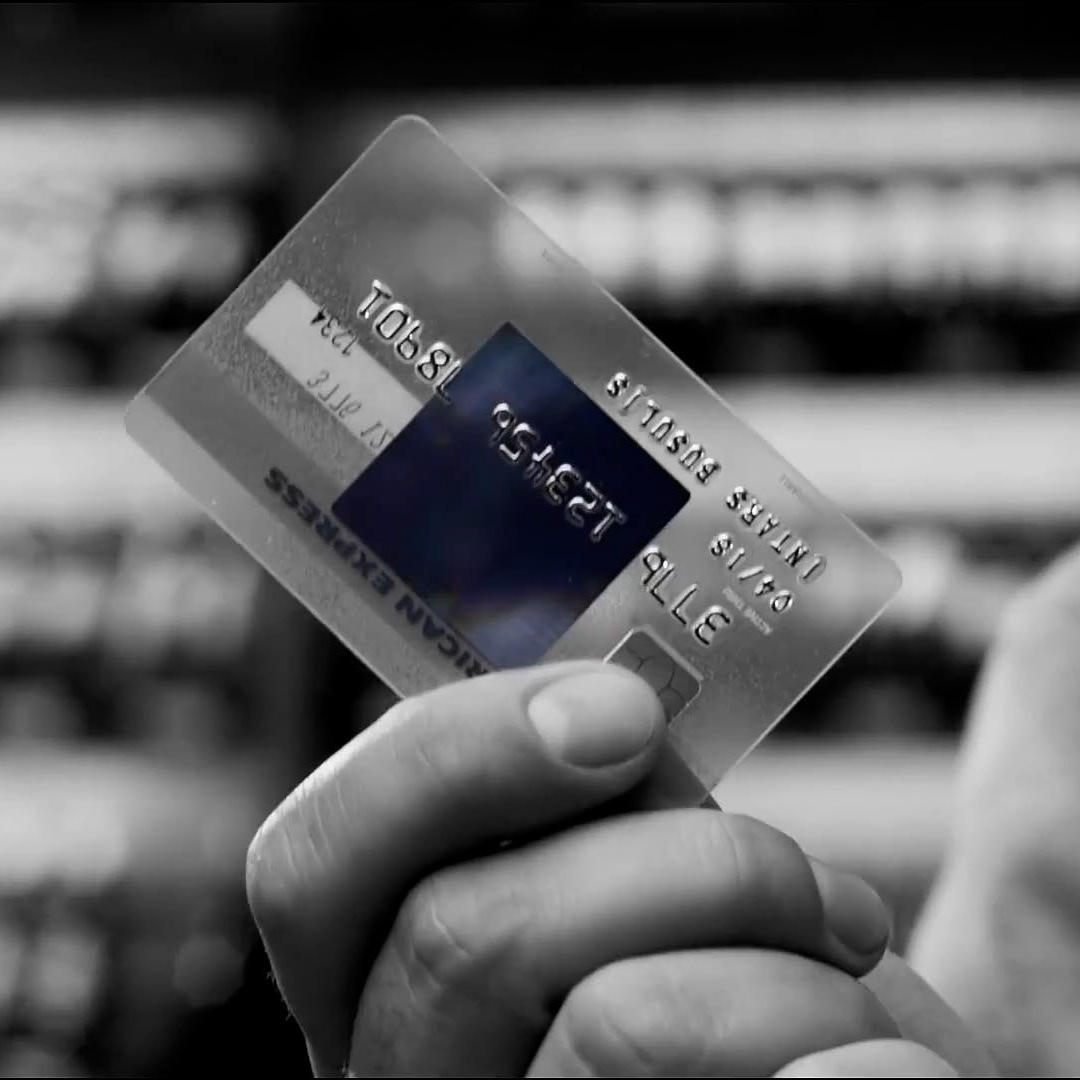Top 5 mobile devices of 2022
And brief history of development
1. Sumi-E (North Korea)
The mobile device Sumi-E was developed in North Korea. In 2019, when young Kim Jong-Un had a sudden change of heart, he transformed the world’s most militarized nation and nuclear-weapon industry into an industry devoted to building an "eternal better future for all the world."
A company called 조선민주주의인민공화국 – Democratic People's Republic of North Korea for the People of the World, or simply NoKoFoWo™ (North Korea For World), was born.
Within just three years, NoKoFoWo rose to become a global leader in computer technology, leaving Apple far behind. This sparked a massive annual hipster pilgrimage to North Korea for the Divine Retreat, held every Easter.
NoKoreans developed a bio-fluid porcelain material called BiFlu — a nano-smart surface capable of changing its topology, eliminating the need to ever look at the device while interacting with it. It is based on the principle of hydro vascular expansion, similar to how human muscle functions.
TouchMassage — an interaction technology developed in collaboration with sister company SoKo in South Korea — features an interface inspired by traditional Sumi-E ink painting.
Sumi-E is a fully integrated mobile computer, communicator, and health device.
The device has been banned in most Muslim countries, as well as Switzerland and Sweden.
Criticism: During intensive use, the porcelain hydro vascular system may feel erected in the user’s hand, which some claim distracts from religious obligations and road safety.
Criticism: During intensive use, the porcelain hydro vascular system may feel erected in the user’s hand, which some claim distracts from religious obligations and road safety.
Since 2016, the Republic of NoKo has been biannually releasing free devices with free internet access to every single Korean. This has made North Korea the most advanced, knowledgeable, interactive, and open nation in the world.
Through device sales alone, GDP per capita rose from $1.24 in 2011 to $68.70 in 2022, placing the Korean economy on par with that of the United States.
2. Thumb Drive3 by GTX Capital (USA)
In 2021, GTX Capital USA released a revolutionary ergonomic device previously unseen by the public. The project had been a closely guarded secret for eight years, originally developed for the U.S. space exploration program and military applications.
In August 2020, American military scientists concluded that the greatest enemy they faced was themselves. As a result, the project was declassified and made available to general consumers.
The device was unbelievably easy to operate with just one hand. Many began to question why humans even needed two hands at all. When the device was released to the general public, a wave of mass amputations of second hands swept across America (with only two million cases reported in Canada).
Ironically, it was later discovered that the second hand had been primarily intended for personal pleasure. With it gone, users developed a technique for pleasuring themselves while holding the device in the same hand. Ohhh! That’s how intuitive the device really was.
The entire enclosure is touch-sensitive. Both sides function as interactive panels and screens. The device’s form adapts to the shape of your palm and vibrates all over when needed. Ohhh! Consumer reports confirm — it's definitely needed.
3. Pussy 6110 by Nokia (Finland)
Over the past 10 years, there has been a significant rise in the Hipster movement. By 2022, approximately 32% of the world's population had shifted from Christianity, Islam, and Hinduism to Hipsterism.
With such a significant rise, immense separatism emerged within the Hipster movement. While mainstream conformists still used Apple’s iPhone, liberal Hipsters were open to new behaviors. Willing to discard traditional values, they embraced the Korean Sumi-E. Extreme Nonconformist Hipsters believed they should use vintage Nokia phones with no touchscreens — particularly the 6110.
Thanks to its lasting battery power and the loyalty of Extreme Nonconformist Hipsters, Nokia managed to survive as a company.
4. VEF (Latvia)
Latvia had been considering entering the mobile device industry for some time — dreaming of 'their own Nokia,' as they liked to call it. The project, OON ('Our Own Nokia'), received support at the state level. However, Latvia’s oligarchic monarchy political system operated under an unwritten rule: oligarchs must disperse the investment budget three times before any funding reaches actual development.
Dreams of OON are still alive. The mobile device project is currently in its second round of rebudgeting. Latvian company VEF already has preliminary sketches of the phone.
5. iPhone7 by Apple (USA)
Not much has changed in iPhone design over the past 10 years since the death of Steve Jobs. The most significant development was the implementation of artificial intelligence (AI) in Siri, the virtual assistant. Siri became so advanced, she was promoted to CEO of Apple in 2020.
To stay competitive and address consumer concerns following the second Antennagate, the iPhone 7 was equipped with two additional antennas.
Still available in black and white — now featuring 3D FaceTime, free of charge.
Project: Tele2 calendar 2011.
Phone concepts, etymology, design, graphic design, illustration, 3D: Gints Apsits
Agency: Guilty
Client: Tele2
Year: 2010 Dec
Phone concepts, etymology, design, graphic design, illustration, 3D: Gints Apsits
Agency: Guilty
Client: Tele2
Year: 2010 Dec











